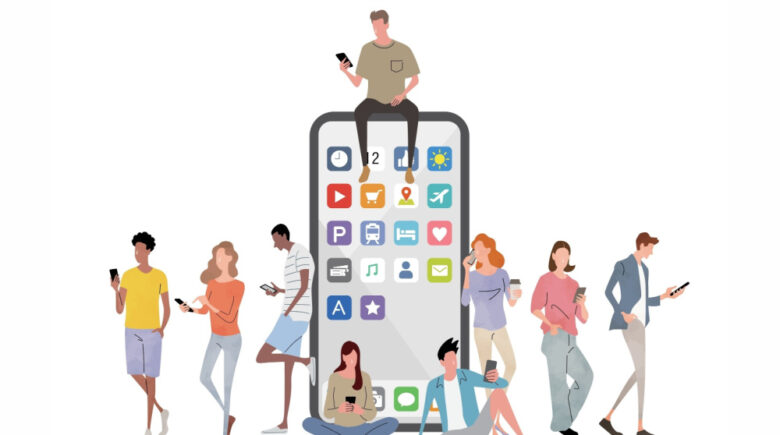When Apple introduced the iPhone in 2007, few could have guessed the seismic shift it would trigger. At the time, mobile phones were already widespread—most of us used them for calls, texts and the occasional Java game like Snake or Pac-Man. But they were far removed from today’s powerful Android and iOS devices.
Before smartphones, you needed a desktop or a bulky laptop for even the simplest computing tasks, and you carried a separate point-and-shoot camera to capture vacation snapshots. The arrival of the modern smartphone changed all that, transforming how we compute, communicate and document our lives.
A Brief History of Early Smartphones
Prior to 2007, the market leader was BlackBerry. Revered for its security, reliability and handy push-email, the BlackBerry earned a loyal following among government and corporate users. Its physical QWERTY keyboard made typing emails and messages delightfully straightforward.
Meanwhile, brands like Nokia and Kyocera competed with color-screen handsets running basic proprietary operating systems. But everything shifted when Apple debuted the touchscreen iPhone: it dispensed with a hardware keyboard, introduced a browser-based App Store and redefined what a mobile device could do.
The iPhone’s Impact
Before the smartphone era, Apple was best known as a niche player in personal computing—its Mac desktops and laptops were prized by creative professionals but rare elsewhere. Apple machines ran on IBM Power and later Intel Core processors, and you mostly saw them in video-editing bays and design studios. Fast forward to today, and Apple’s valuation has soared.
The App Store alone generates billions in profit annually, while Apple’s Mac lineup and iPad family have all migrated to Apple’s own ARM-based silicon. What began as a single touchscreen phone has become the engine of one of the world’s most valuable companies, drawing top talent and setting industry trends.
Smartphones and Photography
Smartphones have upended digital photography. Where once you lugged a separate camera—often an expensive point-and-shoot or a bulky DSLR with spare batteries—now your pocket holds a device that rivals professional gear. Early cameras suffered from slow startup, limited shots per battery and sluggish autofocus, so you missed many split-second moments.
Today’s handsets leverage computational photography—merging multiple exposures, applying real-time image processing and smart HDR—to produce vibrant, detailed photos that often outshine standalone cameras at a lower price and weight.
Everyday Convenience at Your Fingertips
From ordering groceries to mobile banking, there’s an app for almost everything. You can shop online and schedule delivery, deposit checks without setting foot in a branch, or control home appliances remotely.
Clip-on lenses and infrared adapters expand your camera’s capabilities, while real-time transit maps and translation apps let you navigate and converse anywhere in the world. Smartphones have woven themselves into daily routines so completely that many of us can hardly imagine life without them.
Recognizing the Downsides
Of course, there are drawbacks. The constant stimulus of notifications and social feeds can erode focus, especially in children raised on touchscreen devices; some studies suggest this may contribute to attention challenges later on. Smartphones have also become nearly indispensable, turning what was once an optional luxury into a virtual requirement for everyday tasks and social participation.
Looking Ahead
Despite these concerns, smartphones continue to empower us by placing vast stores of knowledge in our pockets. As networks roll out faster standards like 5G, we’ll see new feats—console-quality cloud gaming, even more advanced camera systems, real-time augmented reality and beyond. In a remarkably short time, the smartphone has reshaped our world for the better—and its evolution is far from over.
References
1. “The iPhone and Smartphone Market Share.” Asymco.
2. “How the Smartphone Ushered In a Golden Age of Photography.” Scientific American.


